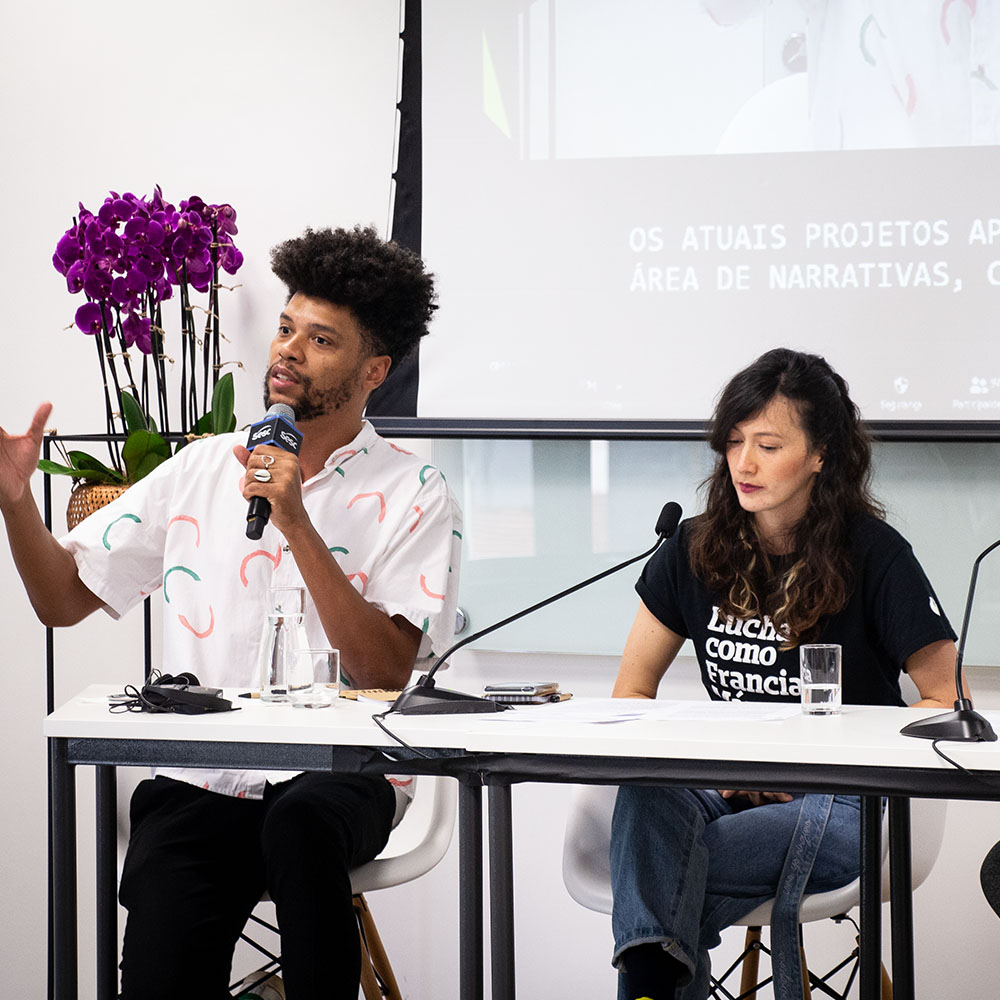How Change Happens
Ask the experts.
Do you know who knows what would have an impact on the issue your film addresses? The people and organizations that have already been putting in the work — for weeks, for months, for years, for decades. Start there. Ask THEM for their theory of change: What needs to happen for things to work in a way that works for them? Who needs to change their mind? Who needs to act? What do they believe would cause them to do so? What do you need to NOT do to avoid impeding or even setting back their progress?
Society needs more than a little fixing.
Top-down approaches tend to dominate thinking about how social change happens, based on the premise that formal structures of society — like our legislatures and courts and laws and policies — dictate how society works and, therefore, change will only happen when those structures are changed.
When we think like this, we invest our resources in targeting decision makers at local, national or intergovernmental levels or attempt to influence CEOs, boards and stakeholders of corporations. We call for a law to be passed (or not) or for funding to be granted.
But a top-down approach presumes society, for the most part, is working and just requires a little fixing. If society is essentially working for you, you might believe this; but those who are marginalized, persecuted, or oppressed believe no such thing.
A bottom-up approach — a grassroots approach — distinguishes between the laws that are passed and the practical reality of the day-to-day lives of people. Instead of seeking to create or change government or corporate policies, those who use this approach know that the laws on the books aren’t applied fairly and that creating a solution doesn’t solve much of anything if it’s not accessible to those who need it.
Don’t rule out one or the other. The truth is that your approach could be a combination of the two.
What you do depends on the story you tell.
The approach you choose should be influenced by how your film tells the story: the way it frames the conflict, the participants you choose to include and to focus upon, and the emotion — anger, hope, frustration, inspiration — you leave your audiences with as the credits roll.
For example, telling a story about the effects of an oppressive policy may leave your audience angry and fired up; you need to direct them toward productive actions they can take to overturn that policy. Telling the story of an innovative solution to a social problem could leave your audience inspired to replicate what worked; your campaign should help them to do so.
Be patient, persistent, and realistic about what you can achieve.
What is appropriate to a particular film project is less a question of right and wrong, and more a question of which and when. The important thing is to approach this work with humility, commitment, and PATIENCE. Regardless of the approach, change does not happen overnight. It results — over time — from a collection of stories, cultural transformation, policy changes, more stories, more cultural transformation, more policy changes, and so on.
A single film is unlikely to change the world, but it IS, undoubtedly, contributing to a collective effort to change the world.
Related resources
Centralised Indigeneous Fellowship

Docubox: An African Filmmaker's Manifesto

From Reflection to Release: Framework for Values, Ethics, and Accountability in Nonfiction Filmmaking

Latin American Forum on Cinema and Social Impact
